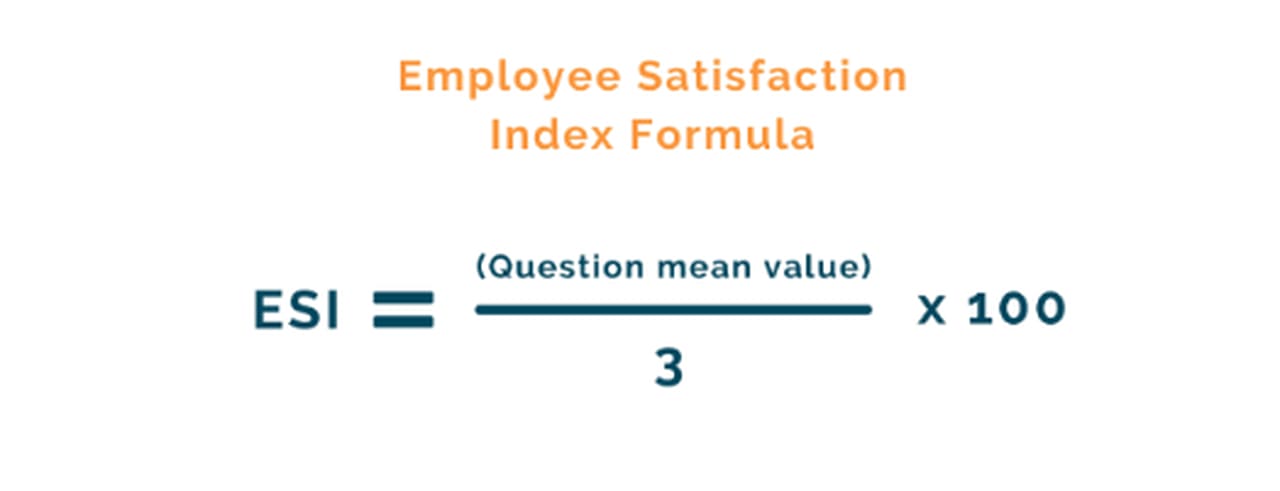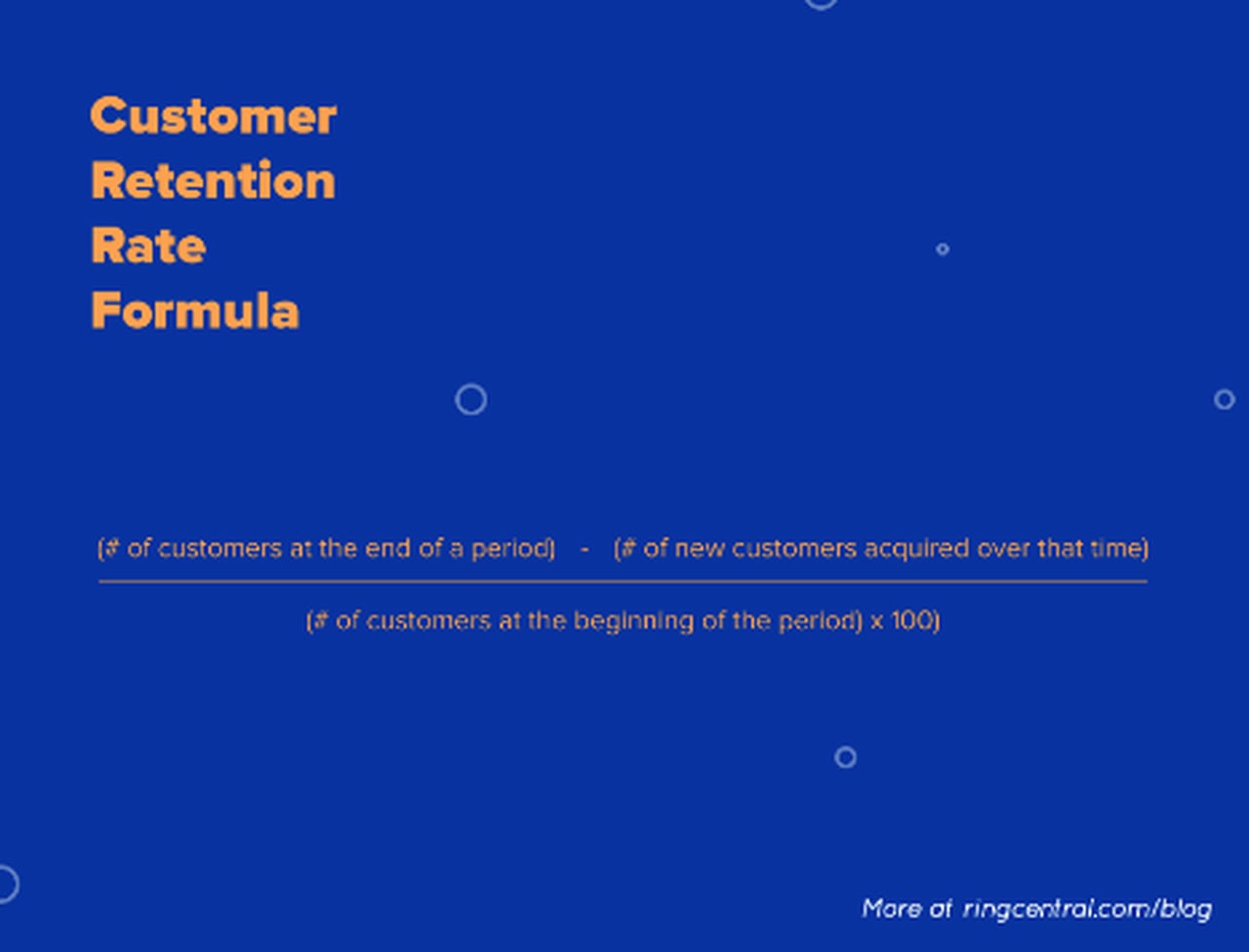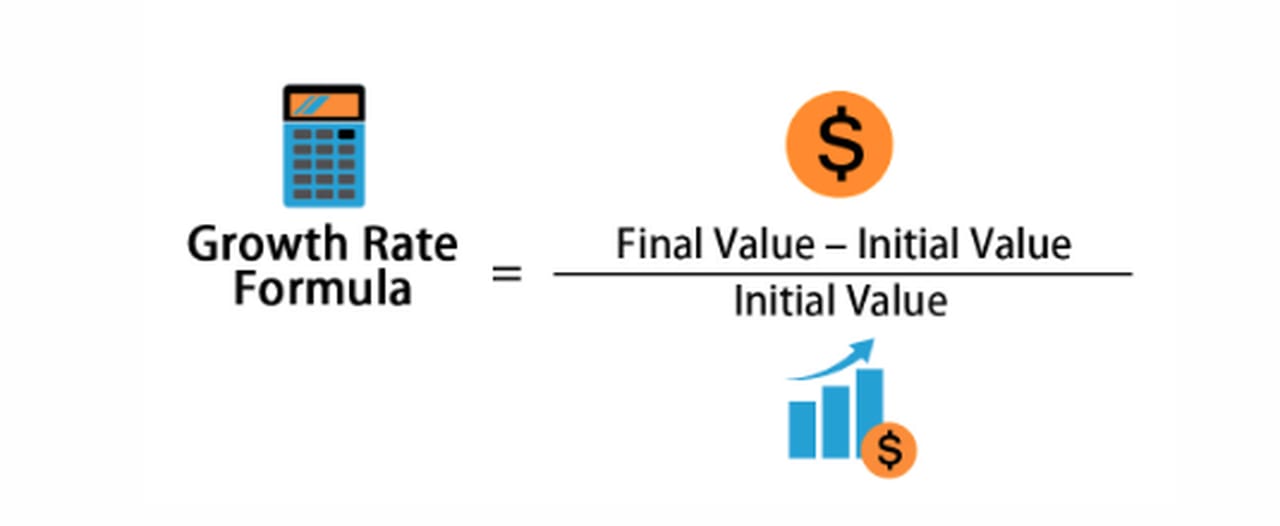There are important Corporate Social Responsibility (CSR) metrics that companies should watch in 2022. However, having well-thought-out CSR strategies are only half the battle if corporations are looking to make a wide scale change — they should also commit a decent portion of their time tracking the effectiveness of these strategies.
Internal and external CSR initiatives play a major part in corporations’ long term success, and as a business owner, there are key metrics that should not be overlooked.
CSR Metric #1: Employee Satisfaction Index
Determining your company’s employee satisfaction index will play a huge role in determining if your CSR initiatives are working internally. This score shows how satisfied your employees are with your company and if their expectations are being met.
In a study published by the Multidisciplinary Digital Publishing Institute (MDPI) where internal CSR initiatives have been linked to increased social performance, it was said that “employees’ ICSR (internal corporate social responsibility) activities are a critical aspect of an organization’s social responsibility.”
With this in mind, it’s imperative that corporations continue working to improve their internal initiatives and processes in order to help reach corporate goals.

Courtesy of Babelforce
CSR Metric #2: Customer Retention Rate
Another key CSR metric that stakeholders should keep an eye on this year is their customer retention rate. What better way to determine how your organization is performing than by gathering information from the very people you are selling your product or service to?
As CSR trends rise each year, it’s no surprise that consumers are looking to do business with organizations who align with their values. In a recent article by the International Journal of Corporate Social Responsibility, it states that “customer loyalty is an important factor affecting corporate success and profitability.”
For this reason, it would be in a corporation’s best interest to attune their CSR efforts to local or global initiatives that make a positive impact on society. When a customer’s beliefs are in alignment with the company they are purchasing from, they will “actively recommend trusted products and do free word-of-mouth publicity for the enterprise,” and they will remain loyal to the company.
If a customer feels that a company they’ve previously purchased from no longer cares about what they care about, they will simply spend their money with another company who does.
Many brands are now incorporating CSR initiatives into their customer retention strategies and have been seeing amazing results. How will your company tackle its customer retention rate this year?

Courtesy of Ringcentral
CSR Metric #3: Social Media Engagement
A good business owner knows to not take social media for granted, especially when it comes to corporate social responsibility. Consequently, more corporations are creating their CSR initiatives with social media in mind.
Using this strategy, corporations are able to get their cause in front of a larger audience, and social media users who follow them can help drive participation, especially if it’s a cause they believe in.
Consumers who follow brands on social media typically do so because they like what the brand stands for, as well as the community causes they take part in.
MIT Sloan’s article further shares the notion that CSR is essential to a business’s branding and how consumers view the corporation. The brands that present themselves to be more socially responsible, or “true believers in CSR,” have a more favorable brand reputation to consumers.
Although some business executives are hesitant to use social media to further push their CSR efforts, as explained in Hospitality Insight’s article, it’s no doubt that the companies who have cracked the CSR social media code are reaping the benefits and have more engagement on social media apps.
If your company is looking to expand its CSR initiatives to an online consumer base, social media platforms are a great place to start.

Courtesy of Hootsuite Blog
CSR Metrics #4: Employee Turnover Rate
Since 2020, business owners have seen a significant increase in the number of employees who have chosen to leave their jobs for one reason or another.
As we move throughout the year, we can expect to see this trend continue to rise. According to a recent report by Korn Ferry, a global organizational consulting firm in Los Angeles, its survey concluded the following:
- 55% of respondents are expecting employee turnover rates to increase this year
- 43% of respondents stated their businesses have been negatively impacted due to the worker shortage following the pandemic
- 66% of respondents said “the pandemic has made it more difficult to fill open positions”
As employees are searching for better employment opportunities, and with corporations who are a better match, from their personal and financial aspect, now, more than ever, is the perfect time for companies to make adjustments to their CSR approach, in hopes of decreasing their employee turnover rate down the line.
There’s a direct link between lower employee turnover rates and corporations who are doing ICSR right. In an article by BetterUp, it gives multiple examples of how businesses can increase employee retention. Firstly, employers who promote a positive work environment will, in turn, have more satisfied employees.
When employees feel comfortable around their colleagues, content with their work tasks, and their values align with the company they work for, they are more likely to stay with the company long term.

Also, it’s important to note that a corporation’s DEI efforts play a significant part in increasing employee retention. As diversity, equity, and inclusion remain a priority for many companies, it’s safe to say that “employees are watching” whether or not their employers are investing in these internal initiatives.
The more that corporations invest in CSR within their workplace, the more loyal employees they will retain. Employees are essential to a business, and by taking care of them, employee turnover rates should remain relatively low.

Courtesy of Workable
CSR Metric #5: Revenue Growth Rate
Calculating your company’s revenue growth rate each year is an invaluable way to determine if your business’s CSR initiatives are doing what they were intended to do. There is a direct correlation between CSR and company revenue growth, and a recent article by Prowly expounds this concept.
A whopping 76% of customers wouldn’t purchase from a company “that holds views or supports issues that are in conflict with their own.” The more a corporation’s CSR initiatives resonate with its consumers, the more consumers are willing to spend with the company.
Additionally, an article by Business.com shares that businesses who wish to maximize their profits should continue placing corporate social responsibility at the forefront of their business strategy, as “customers pay attention to the way companies react to social and political issues.” This will ultimately determine a consumer’s decision regarding purchasing from the company in question.
The employee revenue growth rate takes different facets of your business into account, including earnings, interest rates, and new customer acquisition from CSR efforts, and provides you with a number that will inform you and your stakeholders of how much the corporation’s revenue has grown from the previous year.
This video by Investopedia goes over revenue growth rates and shares its significance to determining your company’s success. What is your projected revenue growth rate for this year?

Courtesy of EDUCBA
The Importance of CSR for Your Business
Corporate social responsibility is at the center of many corporations’ business strategies. Knowing these five CSR data points and how they play into the growth and success of your business will not only be beneficial to you and your shareholders, but also to your employees and your community.

